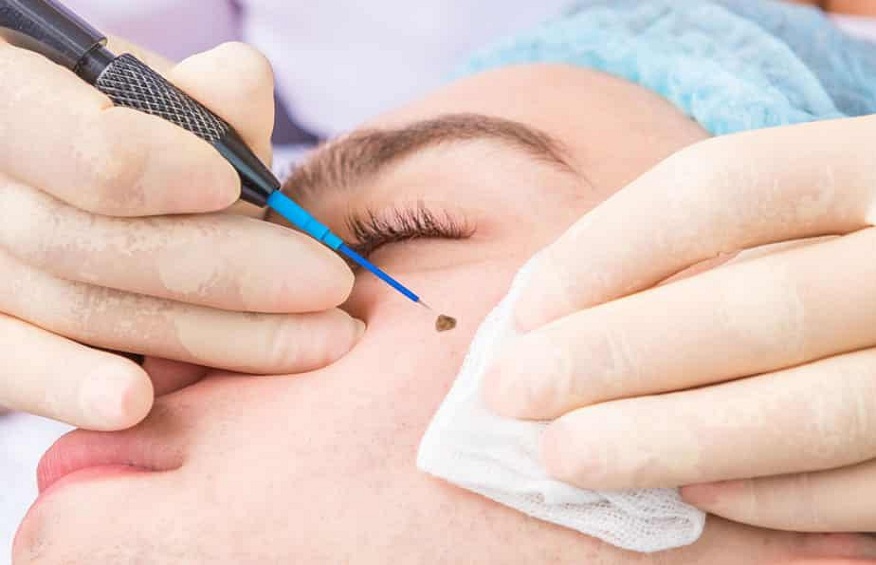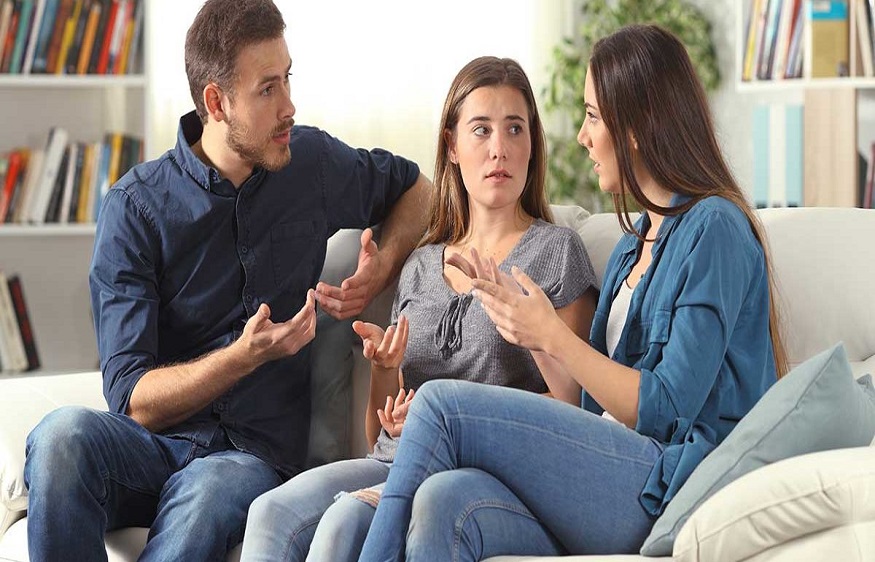Wart Removal: Understanding Types, Causes, and Effective Treatment Options
What Are Warts?
Warts are small, rough growths on the skin that typically resemble a cauliflower or a solid blister. Their size and colour might vary from flesh-toned to dark brown. The HPV family of viruses invade the skin’s epidermis and speed up cell proliferation, resulting in 疣. Although warts can develop anywhere on the body, they are most frequently found on the hands, foot, genitalia, and fingers.
Types of Warts
Common Warts
Common warts, also known as verruca vulgaris, typically appear on the hands and fingers. They have a rough, grainy texture and may have black dots, which are small, clotted blood vessels. Common warts can be irritating and may cause discomfort when they appear on areas subjected to pressure, such as the feet.
Plantar Warts
Plantar warts are found on the soles of the feet. Due to constant pressure from walking and standing, they tend to grow inward, causing pain and discomfort. Plantar warts can be identified by their thick, callus-like appearance with tiny black dots. These warts can make walking painful, especially if they develop in weight-bearing areas.
Flat Warts
Flat warts, also called plane warts, are small and smooth warts that typically appear in clusters. They might appear on the face, arms, legs, or other shaved areas. Flat warts might be more prevalent than other types of warts and are frequently flesh- or light-colored pink.
Genital Warts
Sexually contagious warts that develop on or near the vaginal area are known as genital warts. They resemble cauliflowers and are often flesh- or gray-colored. Genital warts can irritate, make you feel uncomfortable, and in rare occasions even make you bleed. You should seek a medical professional’s evaluation and treatment if you suspect you may have genital warts.
Causes of Warts
Various HPV strains are the root cause of warts. These viruses are capable of entering the body through skin breaks like wounds and scrapes. Immune systems that are impaired make people more vulnerable to acquiring warts. Additionally, the virus can spread through direct touch with an infected person or through the sharing of private items like towels or razors.
Symptoms of Warts
The symptoms of warts can vary depending on the type and location. Common signs of warts include:
- Small, rough growths on the skin
- Grainy texture or callus-like appearance
- Black dots (blood vessels) in the warts
- Itching or discomfort
- Painful warts, especially on the feet
Diagnosis and Treatment Options
If you suspect you have warts, it is advisable to consult a healthcare professional for an accurate diagnosis. They will examine the affected area and determine the appropriate treatment based on the type, size, and location of the warts. Here are some common treatment options for wart removal:
Cryotherapy
Cryotherapy involves freezing the wart using liquid nitrogen or other freezing agents. This treatment causes a blister to form around the wart, lifting it off the skin. Cryotherapy is usually performed by a healthcare professional and may require multiple sessions for effective removal.
Laser Treatment
Laser treatment uses an intense beam of light to destroy the blood vessels supplying the wart, causing it to wither and fall off. This method is commonly used for resistant or extensive warts. Laser treatment may require local anesthesia and can cause temporary redness, swelling, or scarring.
Surgical Removal
Surgery may be required in some circumstances, particularly for bigger warts or those that do not respond to alternative therapies. A scalpel is used by the medical practitioner to remove the wart after numbing the area. Surgical removal may result in a small scar, but it ensures complete removal of the wart.
Home Remedies for Wart Removal
There are various at-home treatments that can help remove warts if you prefer natural methods. Although there may not be any scientific proof to support the usefulness of these therapies, many people have reported success using the following techniques:
Duct Tape Method
The duct tape method involves covering the wart with duct tape for several days, then soaking it in warm water and gently rubbing it with a pumice stone or emery board. This process is repeated until the wart disappears. While the exact mechanism is unknown, this method is believed to stimulate the immune system to attack the wart.
Salicylic Acid Treatment
Salicylic acid is available over the counter and is available in a variety of strengths. Salicylic acid makes it easier to eradicate warts layer by layer by weakening the skin cells that make up the wart. It’s crucial to properly follow the directions and use petroleum jelly to protect the surrounding healthy skin.
Apple Cider Vinegar
Apple cider vinegar is a popular home remedy for 脫疣. Soak a cotton ball in apple cider vinegar and secure it to the wart with tape or a bandage. Leave it on overnight and repeat daily until the wart disappears. The acidity of the vinegar is believed to kill the virus and dissolve the wart.
Tea Tree Oil
Warts may be removed thanks to the antibacterial and antiviral properties of tea tree oil. Tea tree oil should be directly applied to the wart, then bandaged. Repeat this process daily until the wart is gone. It’s important to use 100% pure tea tree oil and avoid applying it to broken skin.
Garlic
Garlic has natural antiviral properties that may aid in wart removal. Crush a garlic clove and apply it directly to the wart, securing it with a bandage. Leave it on overnight and repeat daily. Garlic may cause skin irritation, so it’s advisable to test a small area of skin before applying it to the wart.
Prevention of Warts
While it’s not always possible to prevent warts entirely, there are steps you can take to reduce your risk of contracting the virus:
Hygiene Practices
Maintaining good hygiene is essential in preventing the spread of warts. Wash your hands regularly with soap and water, especially after touching warts or surfaces that may have come into contact with the virus. Keep your skin clean and dry to minimize the risk of infection.
Avoiding Contact with Warts
Do not touch or scratch warts as doing so can cause the virus to spread to other parts of your body. Avoid picking at warts if you have them to stop them from spreading. Additionally, it’s crucial to refrain from lending others your personal belongings, such as towels, razors, or shoes.
Boosting the Immune System
A healthy immune system can help prevent the development of warts or aid in their removal. Ensure you maintain a balanced diet, exercise regularly, get enough sleep, and manage stress effectively. These lifestyle factors contribute to a strong immune system.
When to See a Doctor
While most warts can be treated at home or with over-the-counter remedies, it’s important to consult a healthcare professional in certain situations:
- If the wart causes severe pain, bleeding, or discomfort
- If the wart spreads rapidly or becomes larger
- If the wart persists despite home treatments
- If you suspect you have genital warts
A healthcare professional can provide a proper diagnosis, recommend suitable treatment options, or perform procedures for wart removal.
Conclusion
Warts are common skin growths caused by HPV and can be a source of inconvenience and self-consciousness. Understanding the different types, causes, and available treatment options is crucial for effective wart removal. Whether you choose over-the-counter treatments, medical procedures, or home remedies, it’s important to be patient and consistent. Prevention practices, such as maintaining good hygiene and avoiding direct contact with warts, can also minimize the risk of contracting the virus. Remember, consulting a healthcare professional is recommended for proper diagnosis and guidance on the most suitable wart removal methods.



